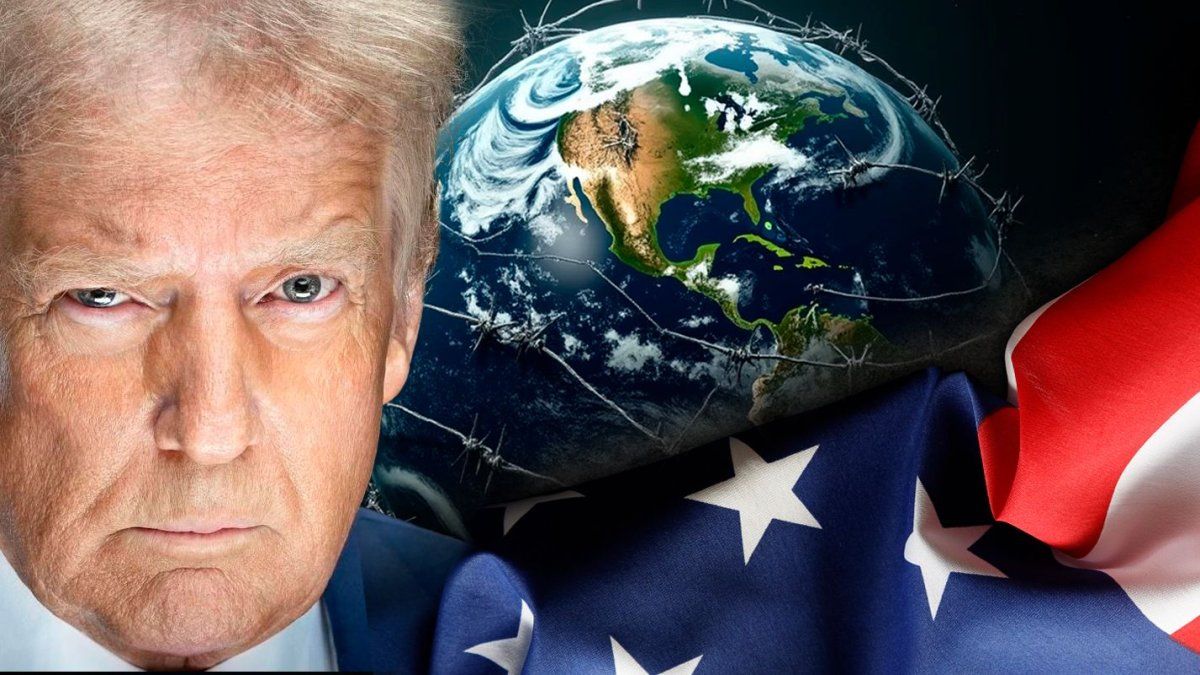The American president extended until August 1 the deadline for new import surcharges. Tariffs stand out to South Korea and Japan.
In the last hours, the president of the USA, Donald Trump, notified some countries on an increase in tariffs on foreign trade. In parallel, others received threats, while in certain cases the negotiations to reach an agreement exhibit a greater degree of progress.
The content you want to access is exclusive to subscribers.
So far, They were 14 The countries that received letters with the notification that, as of August 1, the products that enter the US must pay a higher tariff. Particularly highlights 25% to imports from Japan and South Koreatwo giants of the world economy.


Tunisia, Malaysia and Kazakhstan were also included, with 25%; South Africa and Bosnia and Herzegovina, with 30%; Serbia and Bangladés, with 35%; Cambodia and Thailand, with 36%, and Laos and Myanmar, with 40%.
Donald Trump threatened BRICS countries
In parallel, the US president threatened to impose an additional 10% tariff on BRICS countries (Brazil, Russia, India, China and South Africa, Egypt, Ethiopia, Indonesia, Iran and United Arab Emirates), if they adopt “antiestado units” political actions.
The warning of Trump, on its social Truth platform, was known when India, Indonesia and other countries in the block negotiated last minute trade agreements before the deadline of July 9, recently postponed to August 1.
Tariffs: How do the talks between the US and the European Union advance?
Until now, USA He has only reached agreements with the United Kingdom and Vietnam. For its part, The European Union (EU) continues to aspire to achieve the sameafter the president of the European Commission, Ursula von der Leyen, maintained a “good exchange” with Trump, according to a spokesman for the community executive.
In principle It transpired that the EU will not receive the unwanted letter from the United States, which could obtain limited concessions to the 10% basic tariffs for aircraft and aircraft pieces, as well as spirits, and that is studying an agreement that would allow European car manufacturers that produce and export from the United States to import more EU vehicles with tariff rates below the current 25%.
The block has been discussed between promoting a rapid and mild trade agreement or using its own economic weight to try to obtain a better result. For his part, Trump raised the pressure threatening last week with imposing a 17% tariff on agricultural and food exports of the block.
The clock has been running so that countries close agreements after the eccentric Republican ruling unleashed in April a worldwide commercial war that has stirred financial markets and has made governments rush to protect their economies.
Source: Ambito




